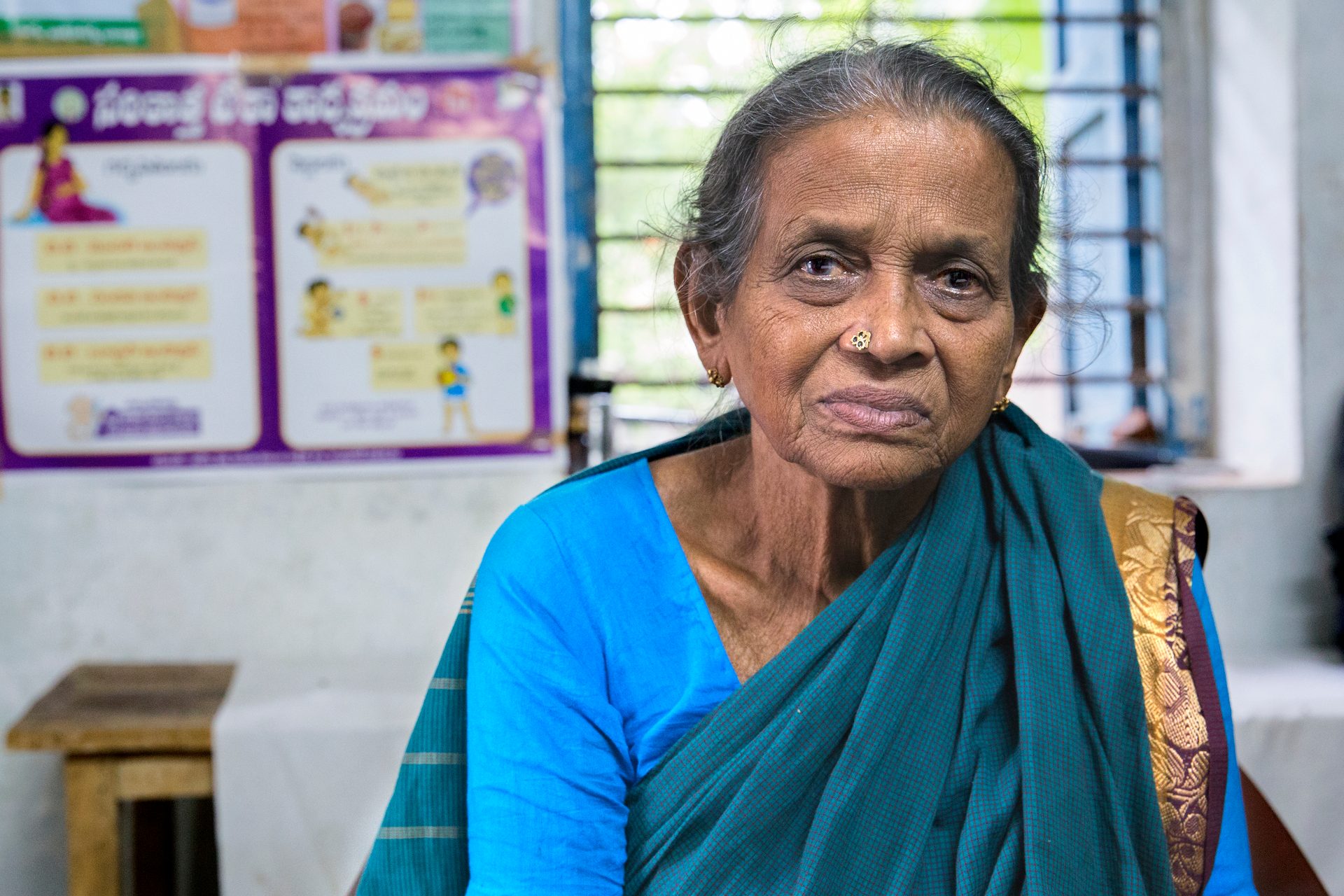
Disadvantaged women suffer more, are treated less and are 25 per cent more prone to heart attack
In what can be seen as emerging evidence of the access and treatment gap for women visa-vis men, a new study from the George Institute staple has found that women from low socioeconomic backgrounds are 25 per cent more likely to suffer a heart attack than disadvantaged men.
Researchers from The George Institute for Global Health examined data from 22 million people from North America, Europe, Asia and Australasia.
In a review of 116 studies, people with a lower socioeconomic status were found to be associated with a higher risk of cardiovascular disease in comparison to people from higher socioeconomic status. But we found that women from more disadvantaged backgrounds were relatively even more likely to suffer from coronary heart disease than similarly affected men. There was no difference found for stroke however.
The effects of levels of education, income, job type and postcode on the risk of cardiovascular disease were assessed in the study published in the Journal of Epidemiology and Community Health. Comparisons between men and women were made.
Dr. Sanne Peters, Research Fellow at our UK branch, says:
“It’s widely known that people from disadvantaged backgrounds are at greater risk of heart attack and stroke than people with more affluent backgrounds. However, our study has shown there is a significant difference between the sexes. Disproportionally more disadvantaged women are suffering from heart disease than their male counterparts, which is concerning.”
"Men and women have a similar lifetime risk of heart disease. However, women, on average, develop heart disease 5-10 years later in life than men. This advantage is smaller among women with a lower socioeconomic status. We need to examine why this is happening and make sure women are able to access lifesaving treatment.”
Dr. Vivekanand Jha, our Executive Director says:
"This study conducted across North America, Europe, Asia and Australasia gives us a very interesting insight on the gender comparison data among people from low socio economic background. It has shown that disadvantaged women are more susceptible to mortality due to cardiovascular diseases than disadvantaged men. In India, we need such a study to be conducted and look at gender specific data on cardiovascular diseases and its relation to morbidity and mortality."
"The burden of cardiovascular disease in India has been growing steadily over the past few decades. This is primarily due to the change in the overall lifestyle of Indians in the past couple of decades, The results demonstrate a need for tailored interventions for women to address the gender gap and deliver the best possible care"
Cardiovascular disease is the single leading cause of death in women worldwide, with an estimated 8.6 million women dying every year.
There is a clear need for sex specific research to discover why disproportionally more women than men are suffering from heart disease in disadvantaged communities and to deliver prevention and treatment programs that will reduce the burden of cardiovascular disease around the world.
But this is beyond just closing the gender gap. We also need to ensure that everyone has the best possible health outcomes and treatment. It should not be dependent on your level of education or where you happen to live.
The cardiovascular related mortality among women has grown from around 10% in 1980 to around 25% in the year 2013 as per the latest data available from the Global Burden of Disease report
We joined a global call for women’s health policies to prioritise non-communicable diseases (NCDs), such heart disease, stroke and diabetes, which are the leading causes of premature death in most countries. Earlier this year we produced a policy paper called, “Women’s Health: A New Global Agenda”, which also highlighted the need for a gendered approach to the collection and utilisation of health data.




